재세례파 - 위키백과, 우리 모두의 백과사전
재세례파
위키백과, 우리 모두의 백과사전.
둘러보기로 가기검색하러 가기
개신교

교파
성공회 · 루터교
장로교 · 감리교
침례교 · 오순절주의
성결 운동 · 구세군 · 회중교회
재침례파 · 퀘이커 · 개혁교회
역사
종교개혁 · 정통주의
경건주의 · 대각성
옥스퍼드 운동
은사주의 운동
예전
성공회 기도서
루터교 예배
개혁주의 예배
주요 신학 개념
삼위일체 · 복음주의
다섯솔라 · 예정설
구원 · 자유의지
신정통주의 · 자유주의 신학
에큐메니즘
v • d • e • h
재침례파(再浸禮派, Anabaptist, 그리스어: Αναβαπτιστές)[1]는 16세기 종교개혁 당시 급진적 개혁을 따른 기독교 종파를 가리킨다. 그 사상을 이어받고 있는 현대의 개신교 교파들로는 아미시파, 후터라이트, 메노나이트 등이 있다. 전 세계적으로 120여만 명의 교인들이 있으며, 대한민국에도 재세례파(재침례파) 교회가 한 곳 있다.[2] 이 문서에서 재세례파라 함은 주로 16세기 급진적 종교개혁자들을 가리킨다. 크리스트교 종교개혁 초기에 등장하여 유아세례를 부인하고 오직 성인의 세례만 유효하다고 주장하였다. 이들은 유아세례뿐만 아니라 로마 가톨릭교회에서 받은 세례도 무효이기 때문에 그런 사람들은 다시 세례를 받아야 한다고 주장했고, 여기서 그 이름이 유래한다. 유아 세례를 반대하는 교파들은 침례교도 역시 마찬가지이나 그렇다고 해서 그것을 무효라고 주장하지 않는다. 대다수 기독교 교파에서는 세례가 죄의 용서[3]와 구원[4]의 의미가 있기 때문에 사람이 일생 한 번만 받는 것이라고 가르친다. 그러나 재세례파는 이에 반대한 것이다.
목차
1발생 배경
2탄압
3교리
4학자
5문학작품 속의 재침례교도
6외부 링크
7각주와 참고 자료
발생 배경[편집]
재침례파의 역사는 그 사상을 반대하는 사람들과 옹호하는 사람들에 의해 왜곡되어 있는 것이 현실이다. 그 근원이 일원이냐 다원이냐에 대해서도 이견이 있다. 소수이기는 하나 재침례파야 말로 초대교회의 사도적 전통을 계승하였다고 주장하는 사람들도 있다.
지역적으로 구분하면 '스위스 형제단' (Grebel, Manz), 네덜란드 및 프리시안 재침례파 (Menno Simons, Dirk Philips), 그리고 남부 독일 재침례파 (Hübmaier, Marpeck)로 구분할 수 있다.
역사학자와 사회학자들은 더 나아가 급진적 재침례파와 평화주의 재침례파로 나눈다. 급진적 재침례파는 "새 예루살렘"을 땅 위에 건설하기 위해 폭력 동원을 인정했다. 급진적 재침례파로 인해 발생한 사건이 뮌스터 반란이다. 그에 반해 신약성서에 근거한 비폭력주의를 주장하는 평화주의자들은 메노나이트(Mennonites)의 기원이 된다. 다시 말해, 원래 메노나이트의 기원은 네덜란드 로마 가톨릭 신부인 메노 시몬스(Menno Simons)가 두 부류의 전통적인 재세례파인 평화적인 오비파(Obbenites)와 급진적인 호프만파(Melchio Hoffman)사이에서 고민하다가 "어떻게 그리스도인이라 자부하는 자가 영적인 무기는 내려두고 세속적인 것을 취하는 것에 하나님의 말씀이 부합하겠는가?"라고 반문하며 평화주의자인 오비파 쪽으로 가입한 것이 계기가 되었고, 이후에 그곳의 지도자가 되었는데, 그의 추종자들을 그의 이름을 따서 메노나이트라 부르게 되었다.[5]메노는 신약성서의 가르침에 따라, 폭력에 반대하는 비폭력주의를 주장하였다.[6]
탄압[편집]

스페인 종교재판소에의해 이단으로 화형당하는 16세기 네덜란드의 재세례파, Anneken Hendriks
한 번 받은 세례(특히 유아세례)를 무효라고 주장하는 교리로 로마 가톨릭교회 및 다른 개신교로부터 이단으로 배척되어 수많은 순교자들이 생겼다. 1525년 스위스의 가톨릭 지역과 그 다음 해에는 취리히의 의회정부가 재세례파를 이단과 반역죄로 사형에 처하기 시작했다. 이에 따라 수천에 달하는 순교자가 발생했는데 처형 방법도 잔인하였다. 이들의 침례를 희화하여 산채로 물에 빠드리기도 했으며, 그밖에 화형에 처하거나 사지를 절단하는 예도 흔히 있었다. 1523~66년 사이 네덜란드에서 1만3000여명이 희생 되었다는 조사도 있다. 이런 극심한 박해속에 재세례파는 극단적 종말론을 믿는 사람들이 생겨나고, 종교적 극단주의가 활개를 치기에 이르렀다.[7] 1930년에는 나치의 탄압을 피해 후터라이트(재세례파의 일파)공동체인 부르더호프 공동체가 영국으로 건너가기도 했다.
학자[편집]
존 하워드 요더(John Howard Yoder, 1927년 12월 29일~1997년 12월 30일)는 미국 재세례파의 대표적인 신학자, 윤리학자이다. 메노나이트 교단 출신으로 평화주의를 표방한다. 20세기 초반이 칼 바르트의 시대라면 20세기 후반은 요더의 시대라는 말이 있다. 대표적인 저서로 1972년 출판된 예수의 정치학(IVP, 2007)이 있다. 성추행과 권력남용 문제가 있었고, 이와 관련해 야수의 송곳니를 뽑다(대장간, 2018)라는 책이 출판되고 번역되었다.
문학작품 속의 재침례교도[편집]
볼테르의 대표 소설인 캉디드에는 주인공 캉디드를 도와주는 착한 재침례교도 이야기가 나온다. 캉디드가 전쟁터에서 목숨을 구해 네덜란드에 갔을 때 사람들은 캉디드에게 이렇게 묻는다 "당신은 교황이 적그리스도라고 생각하오?" 라고 질문한다. 캉디드가 이에 우물쭈물 대답하지 않자 그들은 욕을 하며 캉디드를 쫓아내는데 이때 캉디드를 도와주고 빵과 돈을 준 사람이 재침례교도 자크다.[8] 볼테르는 이 작품에서 가톨릭교회 신부들을 타락하고 부패한 인물로 묘사하지만 재침례교도는 착하고 선한 인물로 묘사했다.
각주와 참고 자료[편집]
↑ ανα(/아나/, again) + βαπτιζω(/밥티조/, baptize) = re-baptizers
↑ 한겨레 2005년 11월 16일자, 자생적인 재세례파(재침례파) 교회인 춘천 예수촌 교회 기사.
↑
“
베드로가 이렇게 대답하였다. “회개하시오. 그리고 여러분은 한 사람도 빠짐없이 예수 그리스도의 이름으로 세례를 받고 여러분의 죄를 용서받으시오. 그리하면 성령을 선물로 받게 될 것입니다.” ”
— 사도행전, 2:38
↑
“
믿고 세례를 받는 사람은 구원을 받겠지만 믿지 않는 사람은 단죄를 받을 것이다. ”
— 마르코 복음서(마가 복음서), 16:16
↑ Justo L. Gonzalez, A history of Christian, Vol. III, Abingdon Press, 1975, p.86
↑ 유재덕 지음. 《《5시간만에 읽는 쉽고 재미있는 교회사》》. 작은행복.
↑ 최강희《박해의 역사 속에서 형성된 재세례파 신앙의 본질》(영남신학대 신학대학원)
↑ 볼테르《캉디드》(한울,P18)

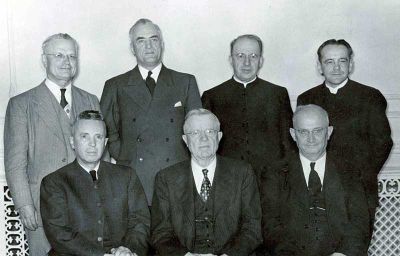



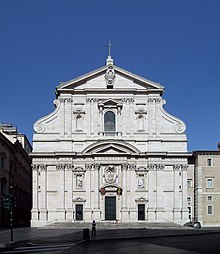

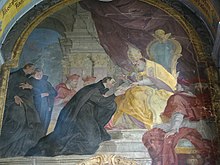







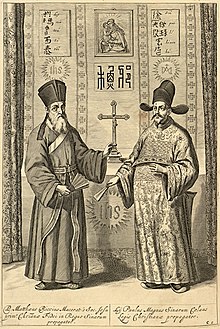



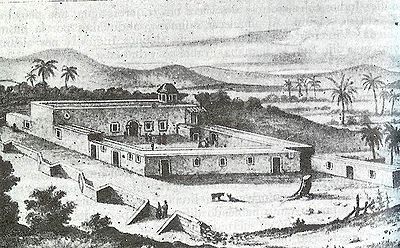

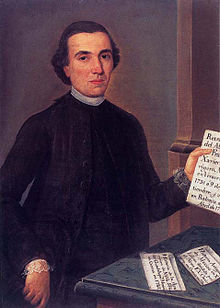
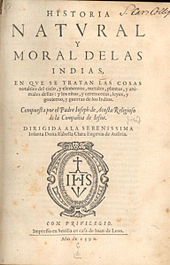
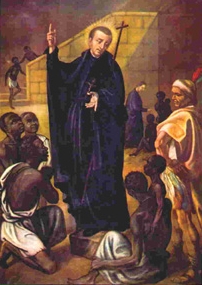





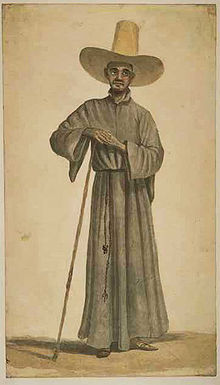

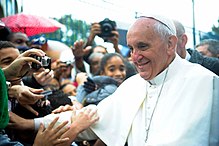






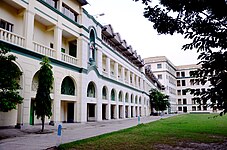






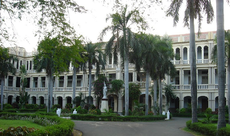










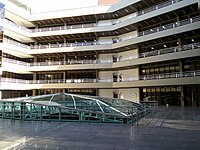


 Wikimedia Commons has media related to
Wikimedia Commons has media related to 